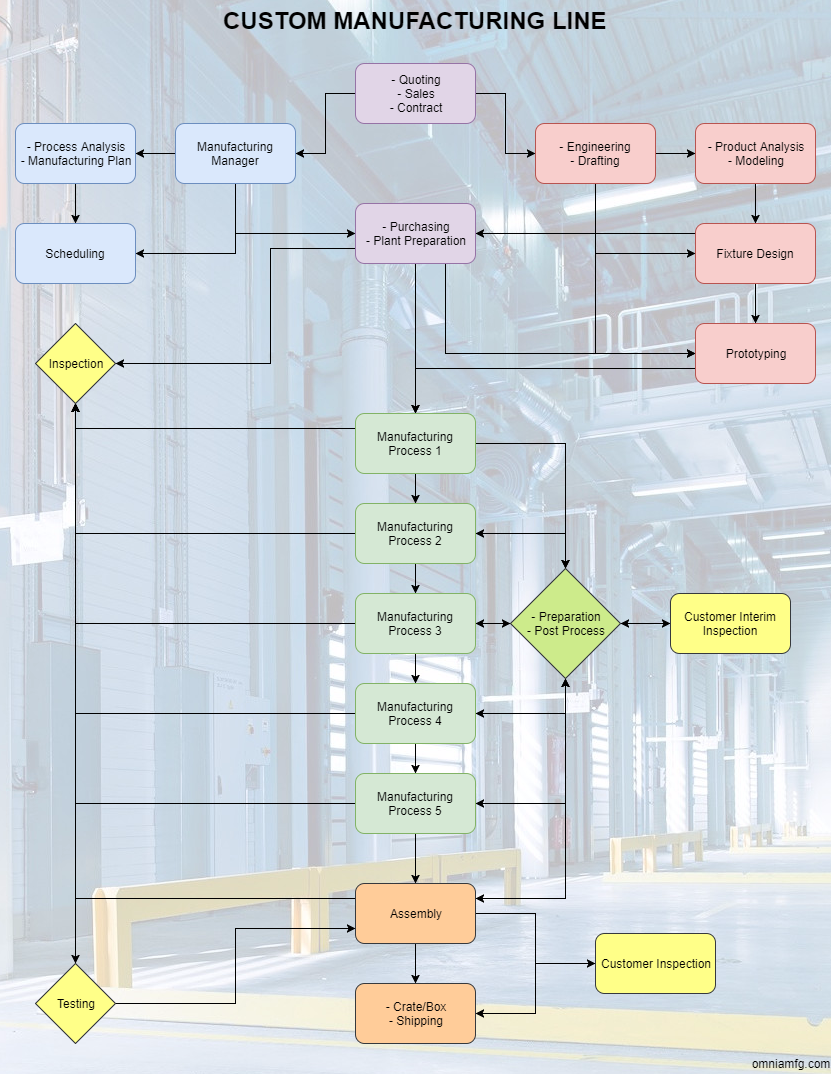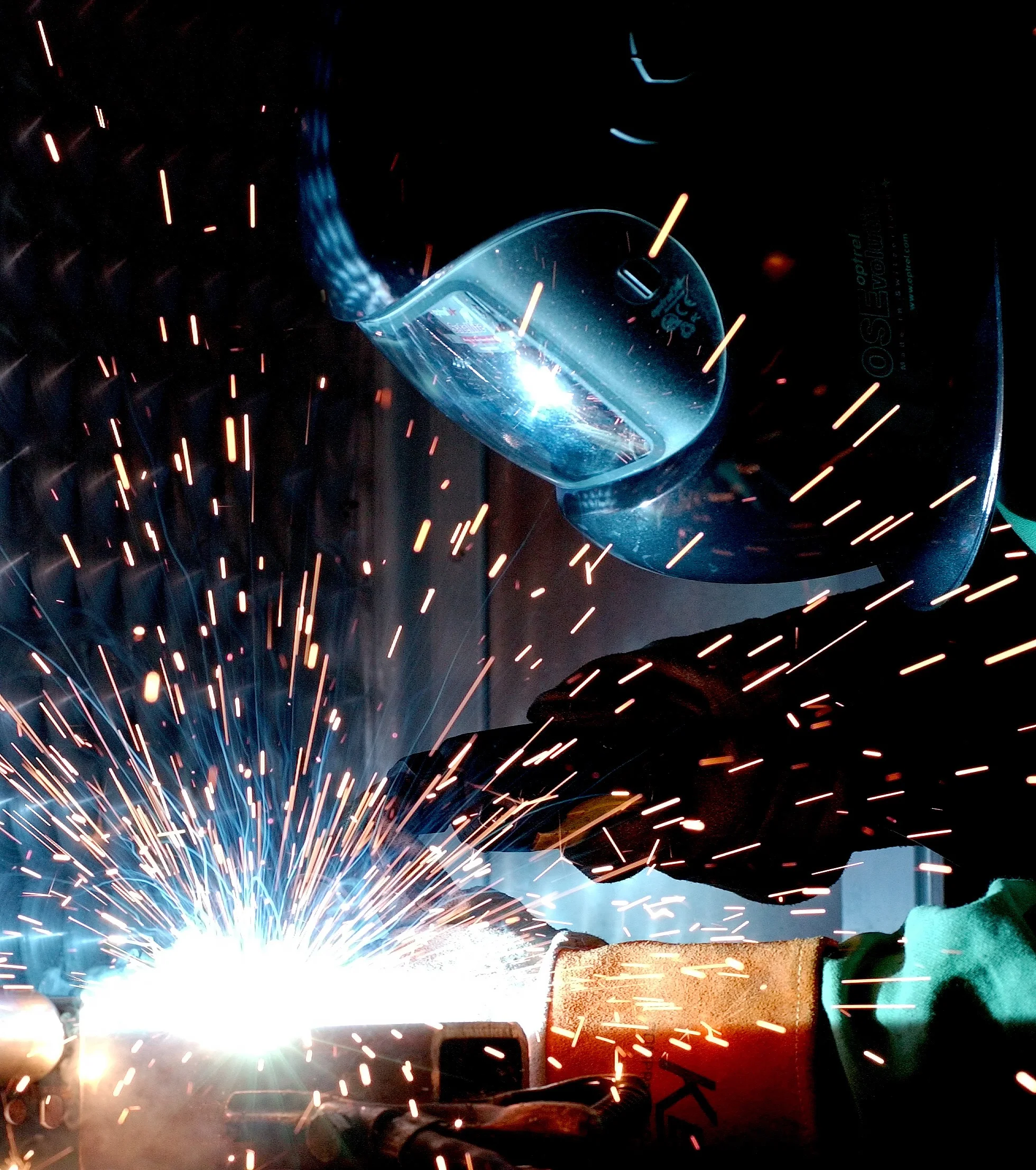The Rockwell hardness test is a non-destructive testing method performed by comparing depth of indentations. The test is defined in ASTM E-18 and ISO 6508-1. The hardness test is named after the inventor of the Rockwell hardness tester machine...
Omnia MFG is focused on closing the information gap between Mechanical Design Engineers and Manufacturers.














